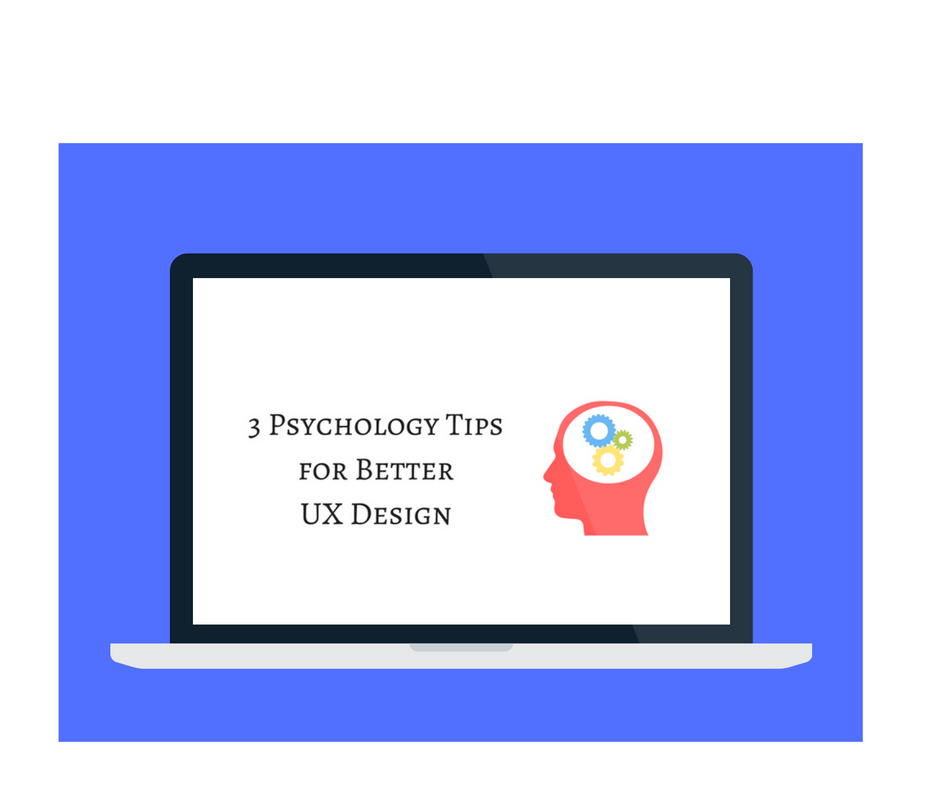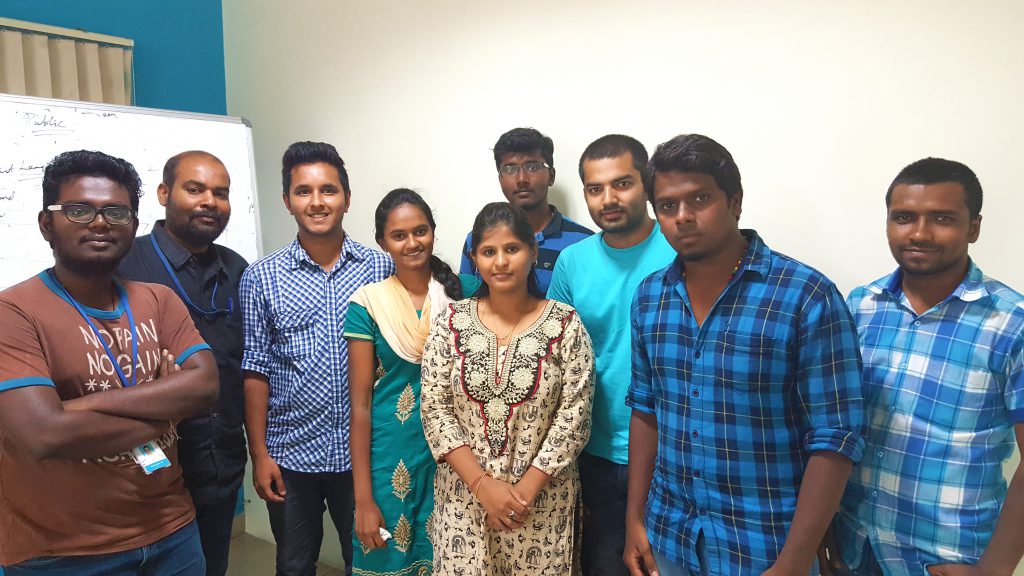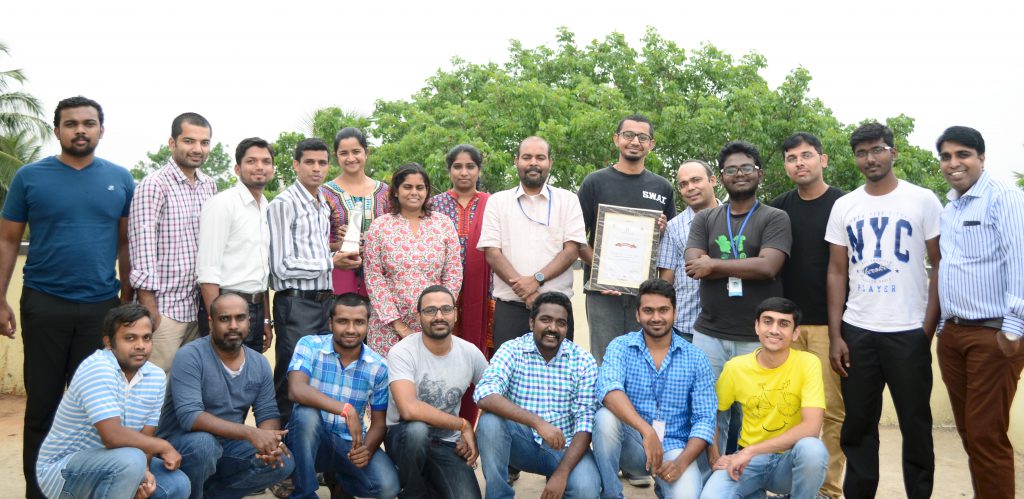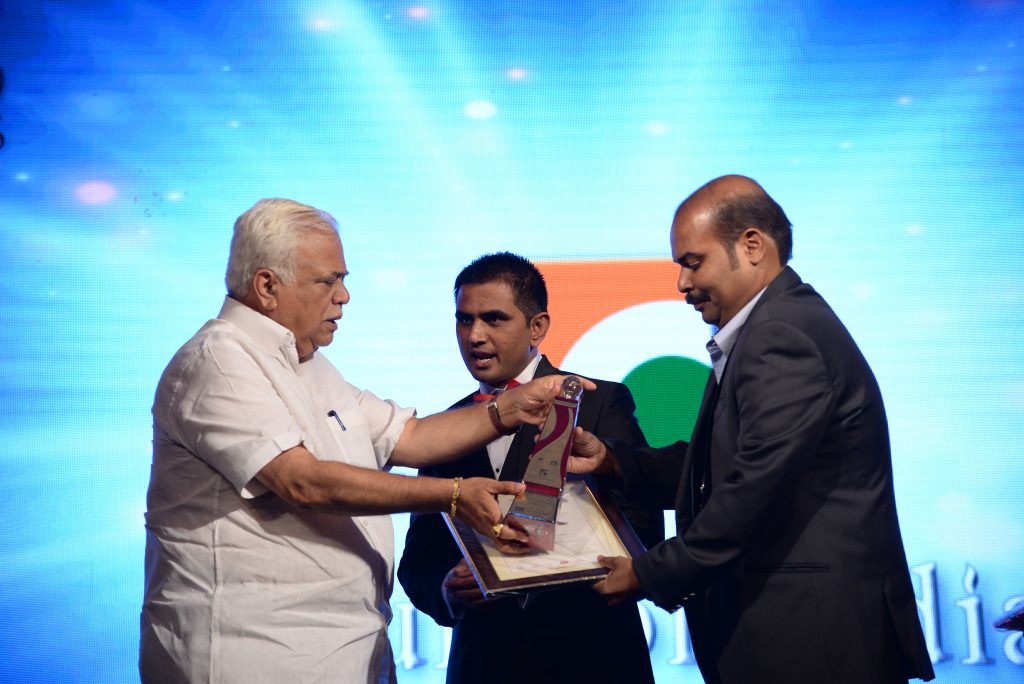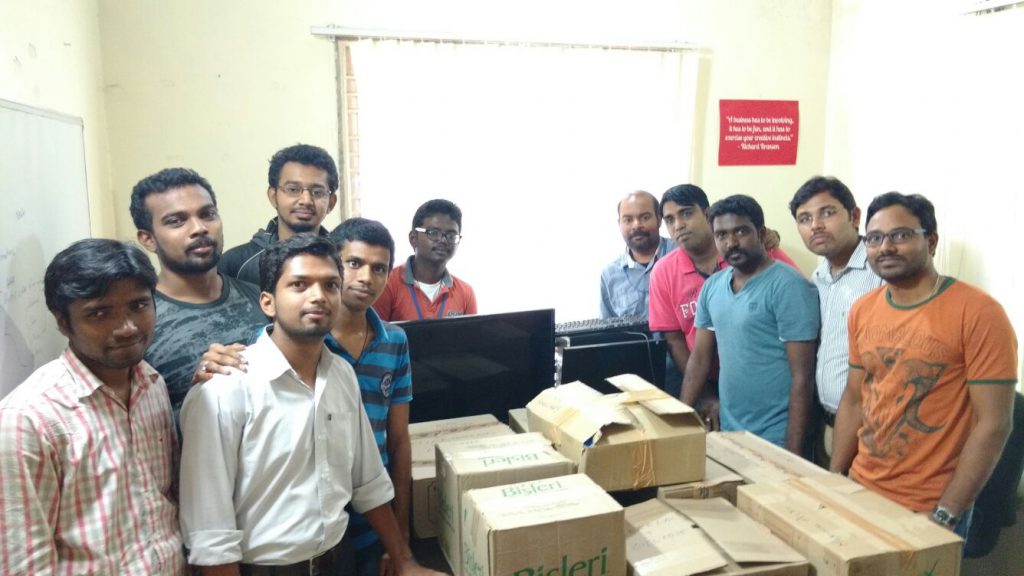Perhaps, in Indian mythology monkey business means a good thing. The vanar sena played an active role and helped Rama defeat Ravana, and add yet another holiday to the Indian calendar – Vijayadashami / Ayudha Pooja, celebrating the triumph of good over evil.
Actually, monkey business means time-wasting activity. One of the biggest reasons of time-wastage at work is workplace clutter, which also affects productivity.
We are unable to locate important papers, critical files and vital emails on time. Add the dust and grime, our work atmosphere is clogging our brains! So how do we ensure that productivity triumphs over clutter? Simple. While we tidy our houses for Ayudha Pooja this year, let’s spruce up our office too!
Workstation

We reside here for around 7-8 hours every day. And on most days our desks look like bomb sites! Scattered papers, month-old sticky notes, long-forgotten whiteboard markings, the odd knick-knacks and the half-drunk coffee cup.
“If a cluttered desk signs a cluttered mind, of what, then, is an empty desk a sign?”
Einstein’s question is food for thought indeed. Well, HERE’s WHAT NOT to do!
Here are some Dos:
- Invest in a binder where you can store loose paper
- Ensure that sticky notes are routinely discarded.
- Use ‘To Dos’ in Outlook and track tasks efficiently.
- Wipe photos, whiteboard and other knick-knacks
Hardware
The once sleek, shiny laptop is now covered in grime. The squeaky clean mouse is greasy. The yummy evening snacks of masala vada and samosa had to cause some casualties.
Dos:
- Use a laptop cleaning kit to banish the dust and get the sparkle back on your laptop.
- Avoid eating while using laptop, as crumbs get stuck between the keys and on the mouse.
Email & Files
Often we click the file download button multiple times – sometimes out of frustration, sometimes by mistake. Result? Your Downloads folder is a nightmare! It is like Harry Potter’s doubling curse come to life!
Dos:
- As soon as you download a file, assign it a place on your system. Create an appropriately-named folder and paste it there. This is mandatory when the file is visual or audio. Text-oriented files can be searched easily, but the other categories would require intensive efforts.
- Periodically clean up the Temp files. Temp files mean just that, temporary. Don’t let them become a permanent guest on your system.
- Allocate time for system cleanup. Ruthlessly delete old and unnecessary files. If you have a copy on the cloud, even better, as you have backup. Remember. Your mantra is – Sift. Delete. Repeat.
- Put Outlook to good use and get on top of your overflowing inbox. Use Rules wisely to ensure proper categorization of your mails.
- Unsubscribe from unwanted newsletters and mails! And if you absolutely need those, then try unroll.me
In the end, Work is worship. And we need to sharpen our work tools too. This year, let’s carry the spirit of Ayudha Pooja to our workspaces, and invoke the blessings of the divine.
Happy Vijayadashami everyone!

